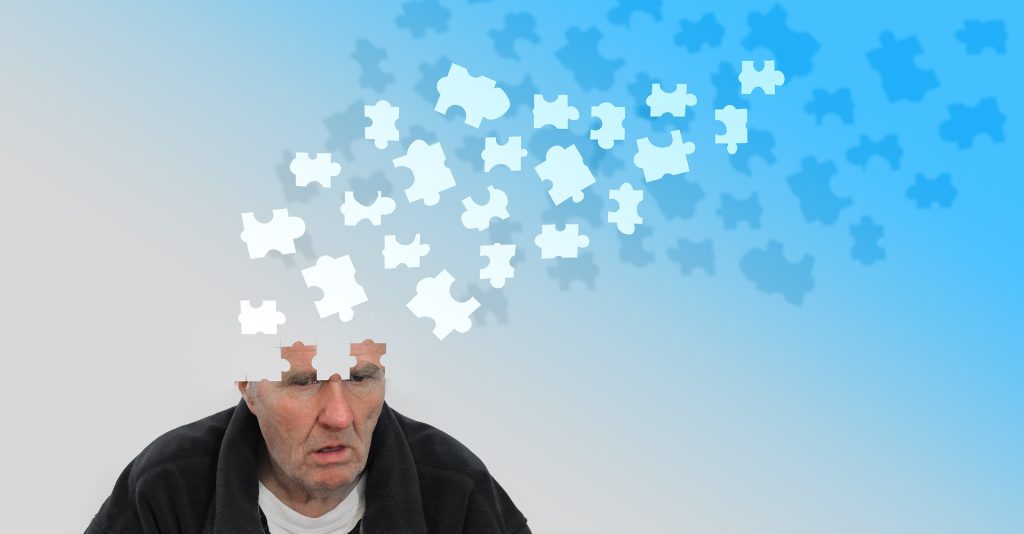Prevent Alzheimer’s Disease
Alzheimer’s is a devastating disease. It has no cure. And, directly or indirectly will affect many reading this article. There are therapies to treat the symptoms of Alzheimer’s Disease and slow its natural progression, but they are minimally effective. Alzheimer’s is a disease best prevented than treated – but that is true for every disease. But, prevention is critical for diseases like Alzheimer’s that have ineffective treatments (blood pressure and diabetes can be successfully treated). What can you do to prevent Alzheimer’s Disease? Exercise. Yes, exercise is the best prevention for Alzheimer’s Disease.

In my stem cell fellowship, we are currently discussing neurodegenerative diseases like Alzheimer’s and Parkinson’s (for which stem cell therapies are now being used). Part of that discussion has been on the role of exercise in preventing dementia. Here is what I have learned about preventing Alzheimer’s Disease with exercise.
We will get right to the punchline. DANCE, DANCE, DANCE. Dance is the best exercise or activity to reduce the risk of Alzheimer’s. It is the single best prevention – period – to prevent dementia. In Raise Your IQ: How Dancing Improves Intelligence we discussed the cognitive improvement that comes from ballroom dancing.
Here are some interesting facts regarding Alzheimer’s Disease and physical inactivity.
- 14% (4.3 million) cases of Alzheimer’s disease worldwide are attributable to inactivity.
- 21% (1.1 million) cases of Alzheimer’s disease in the United States are attributable to physical inactivity.
- A 10% reduction in physical inactivity could prevent 90,000 cases of Alzheimer’s disease in the United States and 380,000 cases worldwide.
How Exercise Prevents Alzheimer’s Disease
 Exercise improves CNS (central nervous system) plasticity. This refers to the brain’s ability to produce new neural connections and produce new nerve cells. We used to think that the brain was static – that you were born with all the brain cells you would ever have. We now know that the brain can regenerate itself. Like other body organs, it has stem cells that can repair and replace damaged or nonfunctioning nerve cells. Those stem cells need some stimulation – they need to be triggered into action – and exercise is one way to stimulate them.
Exercise improves CNS (central nervous system) plasticity. This refers to the brain’s ability to produce new neural connections and produce new nerve cells. We used to think that the brain was static – that you were born with all the brain cells you would ever have. We now know that the brain can regenerate itself. Like other body organs, it has stem cells that can repair and replace damaged or nonfunctioning nerve cells. Those stem cells need some stimulation – they need to be triggered into action – and exercise is one way to stimulate them.
We are big proponents of strength training and high-intensity interval training, but aerobic exercise appears to be the better form of exercise to improve CNS plasticity.
The hippocampus of the brain is where memory resides. As we age we will all develop some degree of brain atrophy (shrinkage) but even that is somewhat preventable. A 1% to 2% per year reduction in hippocampal volume loss is associated with an increased risk of dementia.
- Exercise reverses hippocampal volume loss thought to be related to the release of BDNF (brain-derived neurotrophic factor). BDNF is a growth factor.
- Exercise improves cerebral blood flow, memory, and cardiovascular fitness.
- Exercise attenuates age-related and cerebral blood flow and aerobic fitness.
- The effects of exercise on the brain hold regardless of age. Therefore it is never too late to start an exercise program to obtain its health and brain benefits.
- Overall physical activity reduces the risk of dementia by 40 to 50%.
- Exercise reduces anxiety, improves attentiveness, and improves mood all of which help cognitive function.
- Couples dance reduces the risk of dementia by 63%. Dancing alone reduces risk by 40%. See this study carried out over 21 years published in the New England Journal of Medicine.
Studies show that six months of exercise improves some measures of cognitive performance in patients with mild cognitive impairment. Eighteen months of moderate-intensity exercise improves cognitive function in those with Alzheimer’s disease. Those benefits occur at any age, therefore they are not age-dependent. The brain benefits do not occur overnight which is why is important to develop an active lifestyle early in life.
What is considered adequate activity?
To prevent Alzheimer’s Disease how active do you need to be? One hundred and fifty (150) minutes of moderate physical activity weekly is recommended.
What is moderate physical activity?
Activities like walking at 3 mph, housecleaning, water aerobics, ballroom dancing, and riding a bike at 10 mph or slower all fall into the moderate activity classification. When you think about it, not much activity is required to meet the recommendations, but 56% of Americans fail to meet these exercise recommendations.
Surprisingly on one hand, yet not surprising to me, 40% of primary care physicians and 36% of medical students do not meet these physical activity recommendations. Studies show that physically active physicians are more likely to recommend exercise to their patients.
 How Does Dance Prevent Alzheimer’s Disease?
How Does Dance Prevent Alzheimer’s Disease?
As we discussed in Raise Your IQ: How Dancing Improves Intelligence any activity that requires rapid decision-making has the potential to stimulate new neural pathways and neurogenesis (development of new nerve cells). Couples dance involves reading each partner’s queues quickly and making quick adjustments. Dance involves both mental and physical adaptations.
In addition, the frontal lobe of the brain houses intelligence – our thinking, decision-making, and ability to plan. Intelligence and rhythmic accuracy are closely related (see a summary of this study published in the Journal of Neuroscience). Rhythmic accuracy is the ability to tap out a simple regular rhythm. Intelligence and rhythmic accuracy are dependent on frontal lobe white matter. Frontal lobe volume is protected by physical activity, more so by dance than other activities, because of the rhythmic component related to dance.
Protect your brain. Prevent Alzheimer’s Disease. Stay active. Exercise is the best medicine. No drug comes close to the wide range of health benefits that exercise provides with little side effects.
Regardless of your activity of choice, have fun being active. To best protect your brain, dance your way away from dementia.
It’s been said you should dance like nobody is watching. We say dance like everybody is watching and wishing they could dance as well as you. If you’re going to do something, get good doing it!
Live long, stay young!
